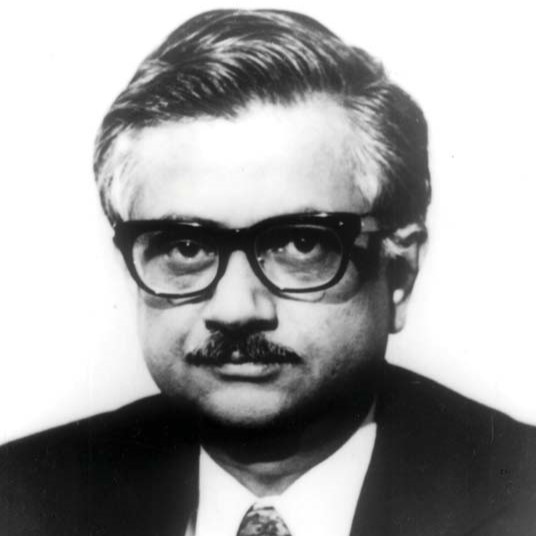Raja Ramanna

Dr. Raja Ramanna was born on January 28, 1925, in Tumkur, Karnataka. He earned his BSc (Honours) degree in physics from Madras Christian College and then completed a PhD in Physics at King’s College, London, in 1948. Influenced by Homi Jehangir Bhabha, Ramanna returned to India to join the Tata Institute of Fundamental Research (TIFR).
Ramanna made significant contributions to neutron, nuclear, and reactor physics. He played a key role in designing India’s first nuclear reactor, Apsara, and led the physics and reactor physics programs at the Bhabha Atomic Research Centre (BARC) in Trombay. After Dr. Homi Bhabha’s sudden death, Ramanna became the Director of BARC and took charge of India’s nuclear program. In May 1974, he conducted India’s first nuclear test, codenamed Smiling Buddha.
A skilled administrator, Ramanna held several prestigious positions. He served as the chairman of the Indian Atomic Energy Commission, the secretary of the Department of Atomic Energy, and the first director of the National Institute of Advanced Studies in Bangalore. As Director-General, he transformed the Defence Research and Development Organisation (DRDO) into a dynamic workplace. Additionally, he was a nominated Member of Parliament in the Rajya Sabha from August 1997 to August 2003 and served as the Union Minister of State for Defence in the V. P. Singh government in 1990.
Dr. Ramanna received the Shanti Swarup Bhatnagar Prize for Science and Technology in 1963 and was awarded the Padma Vibhushan by the Government of India in 1975.
Trivia : Dr. Raja Ramanna was a gifted musician and authored a book on music titled “The Structure of Music in Raga and Western Music.”